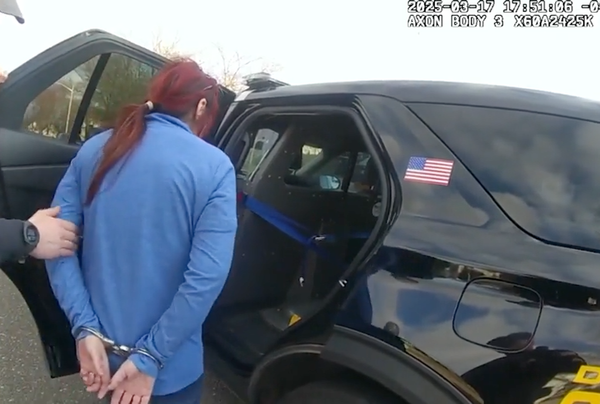Researchers have reported chromosomal disorders discovered from prehistoric skeletal remains, dating up to approximately 5,500 years old — including six cases of Down syndrome and one case of Edwards syndrome. According to the authors of a paper published in the journal Nature Communications, the findings may represent the first time Edwards syndrome has been identified from historic or prehistoric remains.
Individuals with chromosomal trisomy carry three copies of a chromosome in their cells, instead of two. Trisomy of chromosomes number 21 or 18 result in Down syndrome and Edwards syndrome, respectively. There have only been a few documented cases of Down syndrome in ancient individuals, largely owing to difficulties in identifying genetic disorders without modern techniques for analysing ancient DNA samples. How certain ancient societies were affected by and responded to genetic disorders remains elusive.
Dr.Adam Rohrlach from the Max Planck Institute for Evolutionary Anthropology, Leipzig, Germany and others screened almost 10,000 genomes from ancient human skeletal remains from either Ireland, Bulgaria, Greece, Spain or Finland for chromosomal trisomies and identified six cases of Down syndrome and one case of Edwards syndrome. These individuals, who mostly died either before or shortly after birth. Some of the cases were particularly ancient; two were from as far back as the Bronze Age (about 2,700 BCE) and one from the Neolithic period (about 3,500 BCE).
“When skeletal preservation and completeness was sufficient, we record all observed pathological lesions, and match these to osteological markers which are consistent with a diagnosis of the trisomy,” they write.
“Three cases of trisomy 21 [Down syndrome], and the case of trisomy 18 [Edwards syndrome] were detected in two contemporaneous sites in early Iron Age Spain (800-400 BCE), potentially suggesting a higher frequency of burials of trisomy carriers in those societies,” they write.
The authors note that all individuals appear to have been cared for after death through various rituals indicating recognition of them as part of their communities, and in a few cases were given exceptional burials or elaborate grave goods. For example, the individual buried in Early Iron Age Navarra, Spain, was buried with bronze rings, a Mediterranean seashell, and surrounded by the remains of three sheep and/or goats. The findings offer some perspective into the way that these conditions were recognised among past communities.







